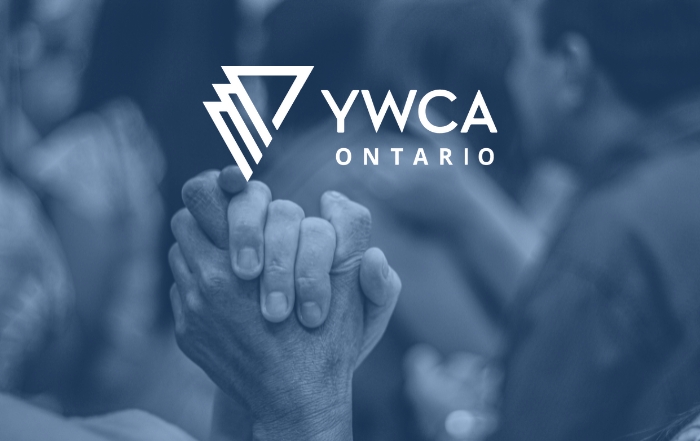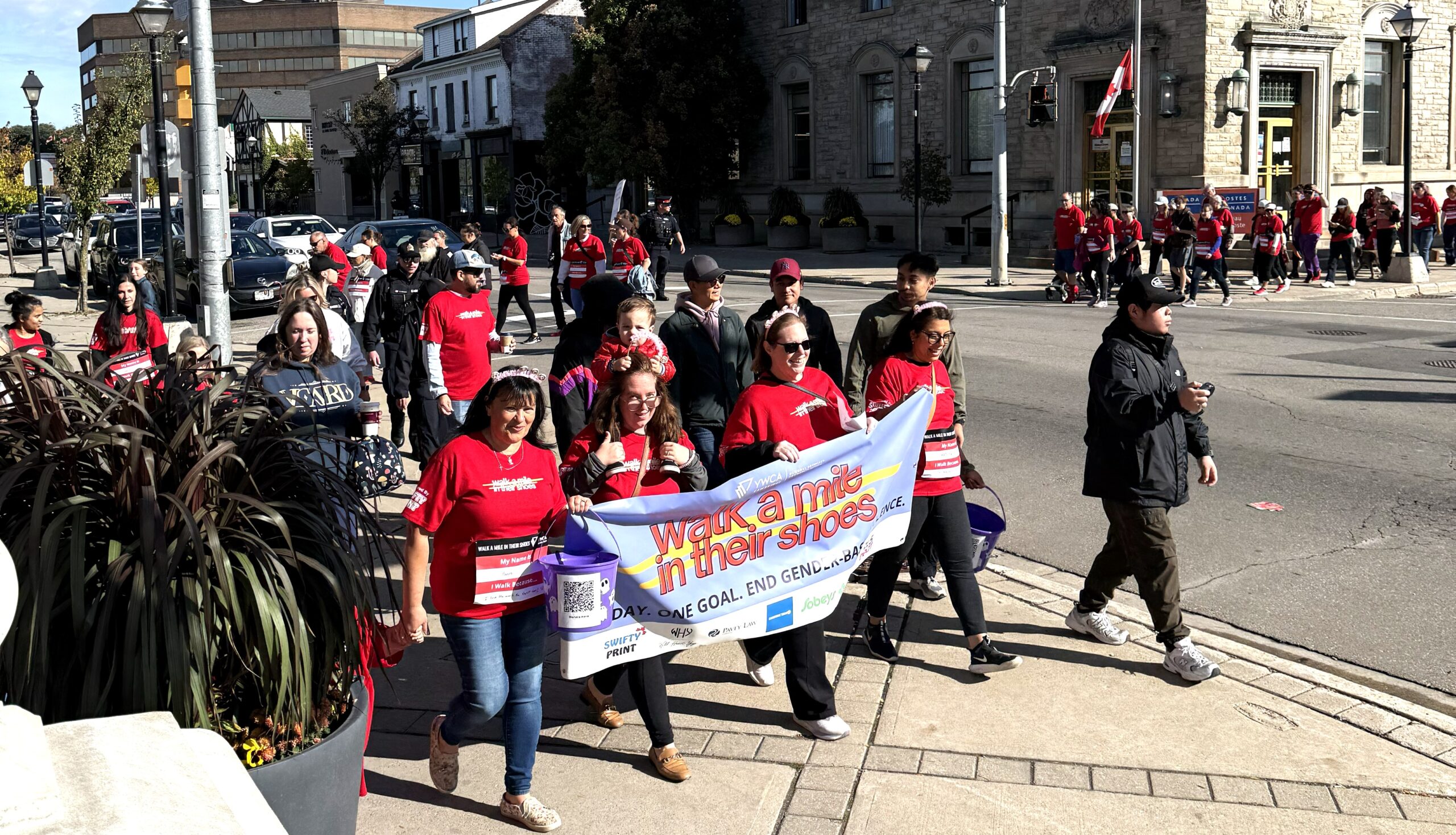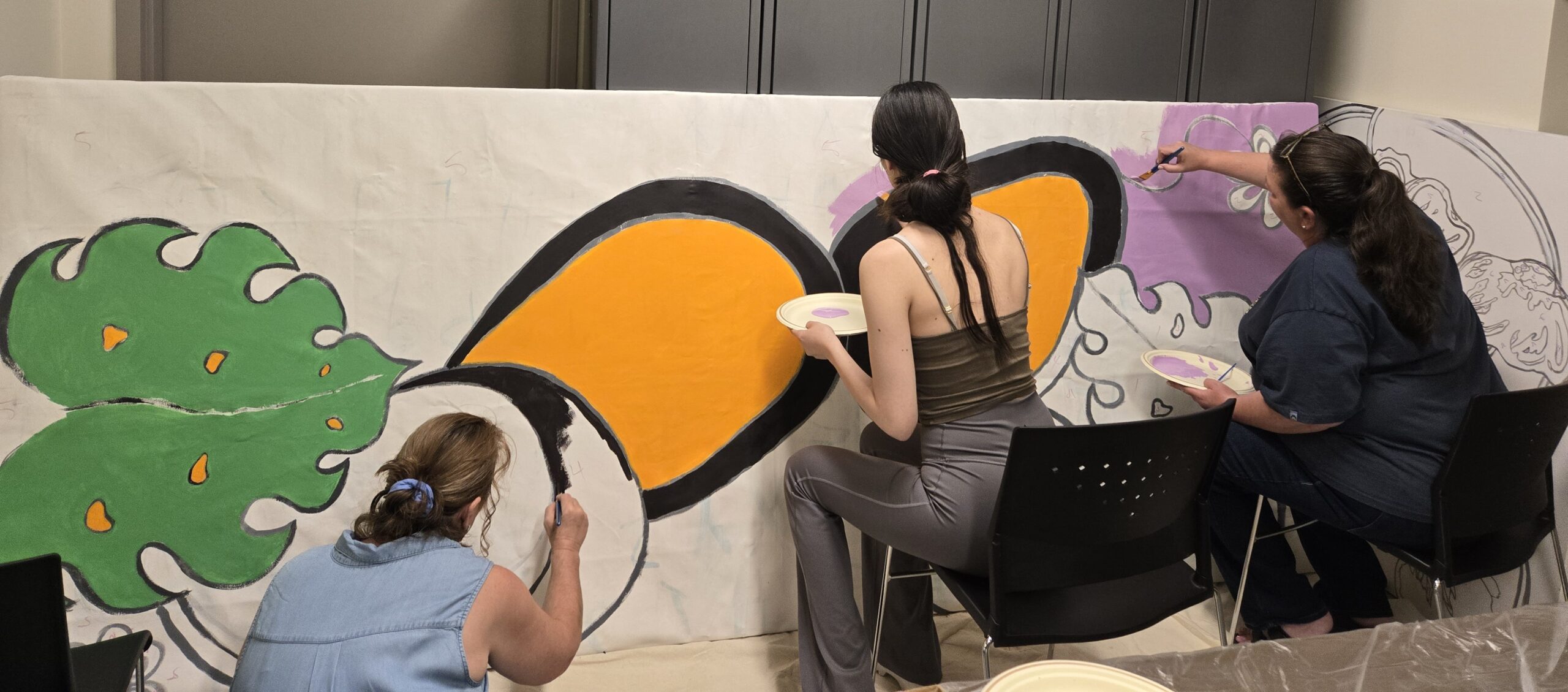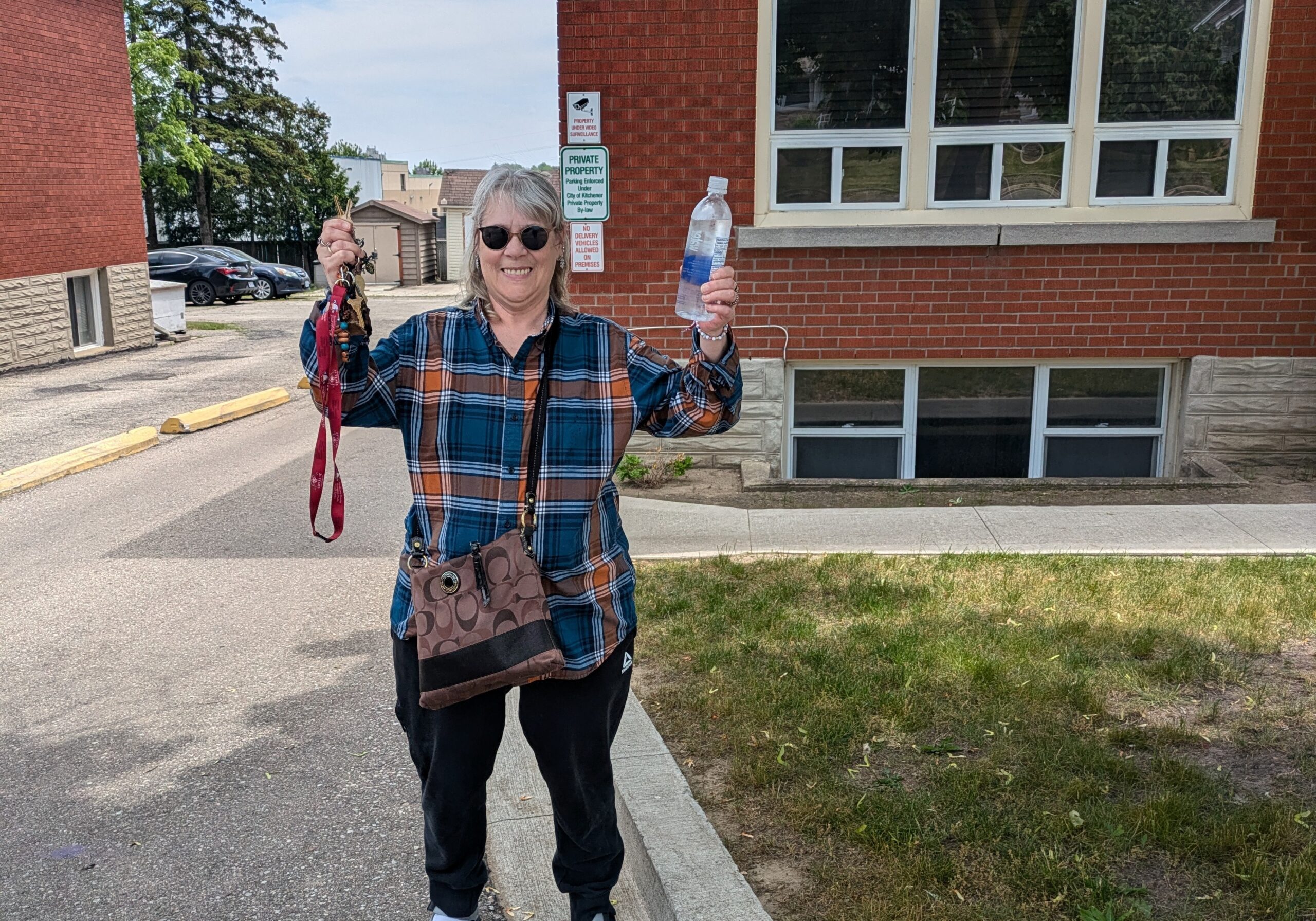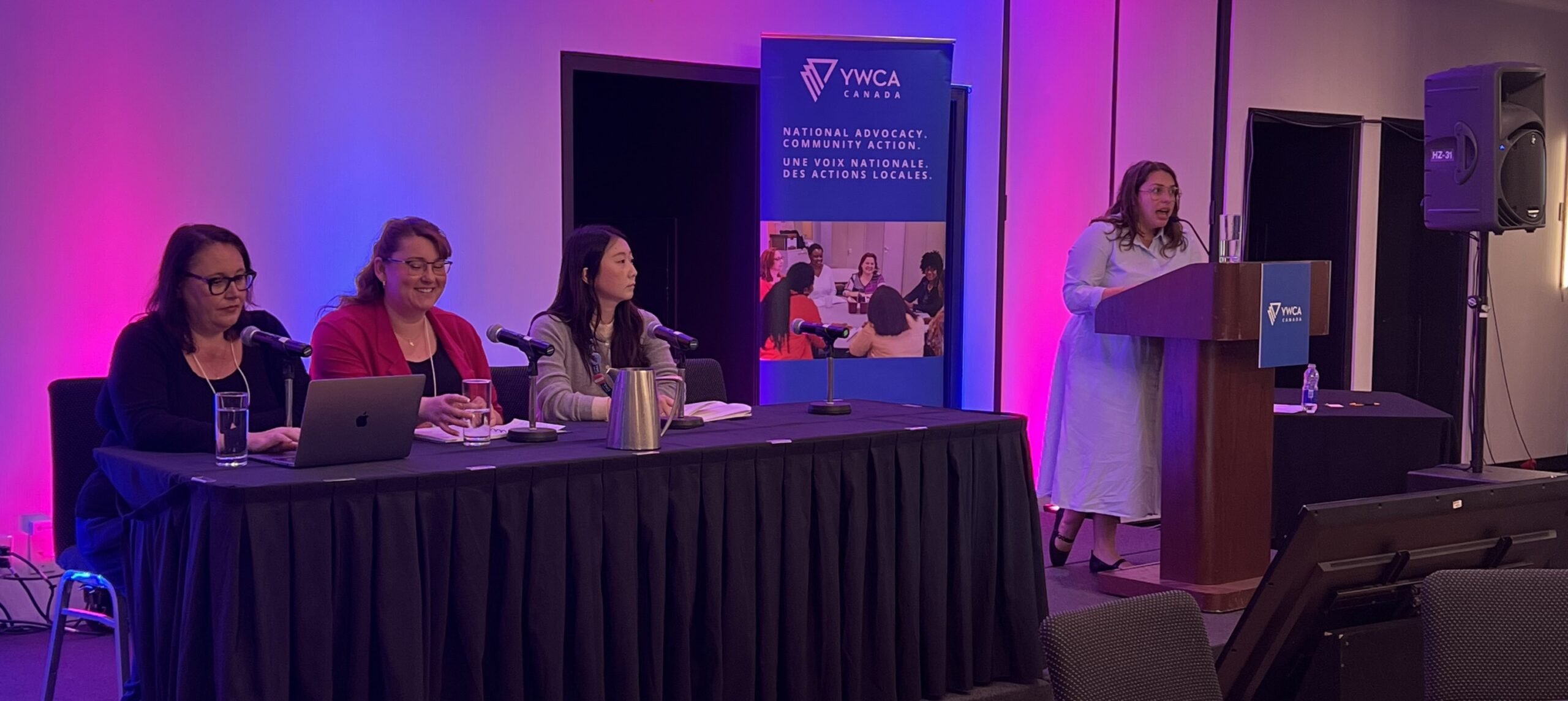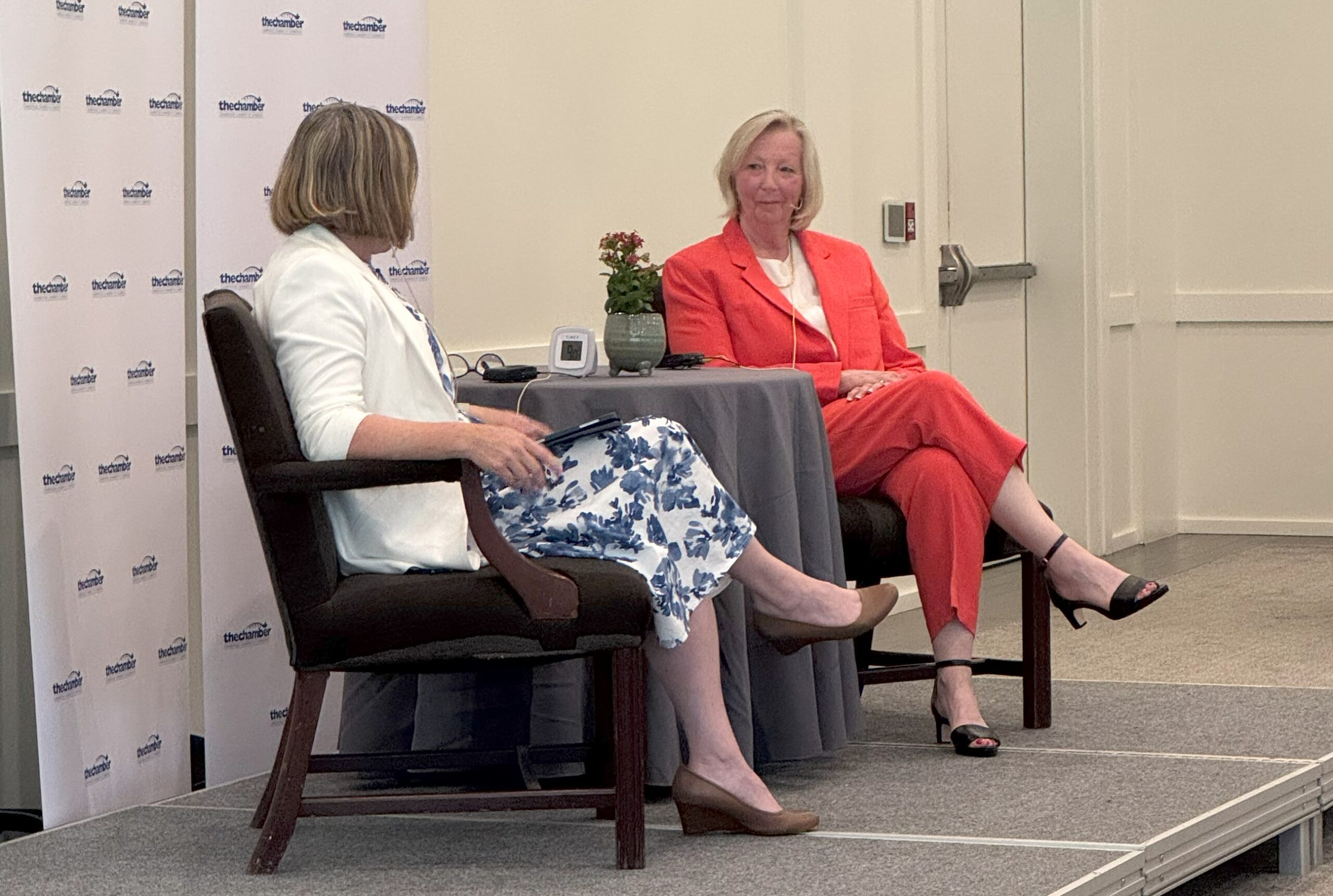March 26, 2021
[Read the PDF of the document here]
The province has acknowledged that Ontario is in a “she-cession.” However, the budget released this week does not offer us a “she-covery.”
While women are mentioned in the budget document 27 times, there are few new or significant investments to support the economic empowerment and well-being of women. The budget contains considerable tax credits and infrastructure funding; however, it falls desperately short of a concerted effort to set the province on course to a full recovery.
More than a month ago, our YWCA Ontario-wide coalition – which serves more than 50,000 women, girls and gender diverse individuals across this province – delivered to the Minister of Finance a pre-budget submission. Informed by our expertise as providers of employment training, child care, housing, shelter and gender-based violence services, we asked that Ontario make strong investments that would greatly improve the lives and prospects of the women and gender diverse people in our communities who have been disproportionately carrying the burden of the pandemic.
This budget did not rise to the occasion.
While we welcome the acknowledgment of women in the document and in the speech delivered in the legislature by Minister of Finance Peter Bethlenfalvy, what is really needed is much more action. The time to include women in pandemic recovery is now.
Our analysis of the 2021 Ontario Budget:
Child Care
Instead of throwing a lifeline to the child care sector, the budget focused on “parent choice” and opted for a 20% enhancement of the Childcare Access and Relief from Expenses (CARE) tax credit. The province says this would increase support from $1,250 to $1,500 on average, meaning that parents can perhaps expect a cheque after they pay taxes, but there is no relief for families who cannot afford the prohibitive cost of child care up front. There is nothing in the budget designed to lower child care fees – in fact, child care funding is flat this year, still at pre-COVID levels. While Ontario allocates $1 billion of federal Safe Restart funding to municipalities in this budget (a fund that had supported some child care centres in 2020), there is no specific allocation for child care in 2021.
Essential Service Worker Support
In keeping with the Province’s established narrative that paid sick days are already being covered by federal supports, this budget did not offer the 10 paid sick days that received cross-sectoral support earlier this year They did, however, extend the Personal Support Worker wage enhancement of $4 an hour until June, but did not reinstate wage enhancements for other frontline workers – many of whom are racialized women and immigrants – who continue to risk their lives when they go to work every day. Shelter workers and childcare workers should be receiving funding for wage top-ups from the provincial government.
Income Security
This budget largely ignores a population most severely impacted by the pandemic: Low income Ontarians. There is no mention of Ontario Works or the Ontario Disability Support Program apart from in a chart on “Selected Expense Sensitivities” in which the Province estimates it will see a one per cent caseload change for each income stream: $28 million for OW and $58 million for ODSP, respectively. Rates remain woefully unchanged.
The budget reiterates its $28.5 million over four years pledge to implement a new case management system for Tribunals Ontario, which the Province claims will improve, “modernize” and streamline the tribunal system.
Women’s Labour Market Participation
The budget acknowledges that women’s employment has remained lower than pre-pandemic levels (a 4.9% drop from February 2020 to February 2021) and is on a slower trajectory to return to work than other groups. Sectors dominated by men such as manufacturing have rebounded far more quickly than those traditionally dominated by women – known as the 5 C’s: caring, cashiering, catering, clerical and cleaning – which have been severely disrupted by the pandemic (the province noted a 27.5% drop in accommodation and food services in the past year).
$117.3 million is allocated for supports to help unemployed women, racialized individuals, Indigenous peoples, youth and people with disabilities find work. While we are happy to see these supports offered, they are not targeted enough. We are concerned they will not help women on low or fixed incomes access the labour market. There is also no indication of multi-year funding for training that will help sustain and build pre-apprentice programs to ensure a longer-term entry of women into the skilled trades and other growing sectors dominated by men.
The Province expects to get women back to work via the $260 million Ontario Jobs Training Tax Credit, which could help pay for some of their training to become Personal Support Workers, graphic designers, heavy machinery operators or to receive any post-secondary certification. This would offer up to $2,000 for 50% of eligible expenses. Many low-income women will not be able to benefit from such financial supports because additional tuition fees will still require upfront personal investment – which is simply not an option for many households. We would also like to emphasize that access to affordable child care is critical to women’s labour market recovery.
Housing
There is no new money in the budget for permanent housing, despite rising costs of living and rental prices and evictions throughout the pandemic. The budget’s only rent relief offering is to small business, not individuals struggling to afford a place to live.
$18.5 million for the Transitional Housing Support Program spread out over three years is included to support survivors of gender-based violence and human trafficking find safe and affordable housing. The budget touts the success of the Canada-Ontario Housing Benefit program, which launched in April 2020 to help people find private rental housing, and said it will try to get more money from Ottawa for that.
Girls’ Programming
Gender-based violence prevention is a significant aspect of girls’ programming, so the Province’s failure to invest in this space is hindering the process of ending gender-based violence. No money was included towards such programs in our assessment of the budget.
Violence Against Women
Despite the staggering rise in domestic violence during the pandemic and the troubling rate of femicides in Canada, this budget made no mention of any plans to enact a gender-based violence strategy that would support women’s safety and security. It did say it would invest $18.2 million over three years to help address violence against First Nations, Inuit and Metis women and girls. There is a promise to invest $2.1 million over three years to improve victim and sexual assault services, though the budget did not go into detail as to how it would be distributed. In comparison to some other funding announcements, we feel this funding is not adequate to address the rise of violence against women.
Support for the Not-for-Profit Sector
The Province stated it will strike a task force to ensure women are a part of economic recovery efforts. Led by Ontario’s Minister of Finance and the Associate Minister of Children and Women’s Issues, this task force will be mandated to address the economic barriers women face. There is an indication that not-for-profit will play an important role in this effort. However, no funding was announced for our sector, which we know is facing serious financial difficulties despite employing more than a million Ontarians – more than 75% of whom are women.
Supported by:
YWCA Cambridge
YWCA Durham
YWCA Hamilton
YWCA Muskoka
YWCA St. Thomas-Elgin
YWCA Sudbury
YWCA Peterborough-Haliburton
YWCA Kitchener-Waterloo
YWCA Toronto
For more information, please contact:
Jasmine Ramze Rezaee
Director of Advocacy and Communications
YWCA Toronto
Telephone: 416.961.8101 x 321
Email: jrezaee@ywcatoronto.org

